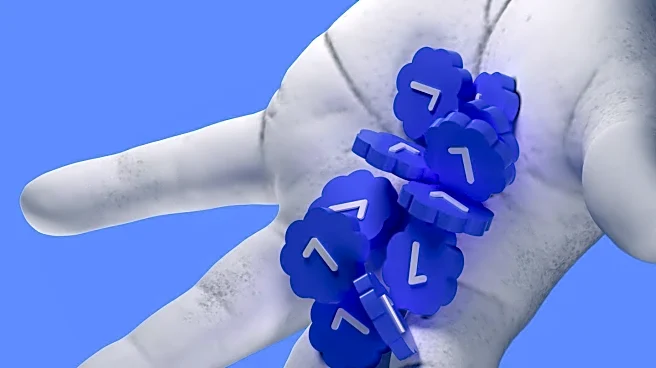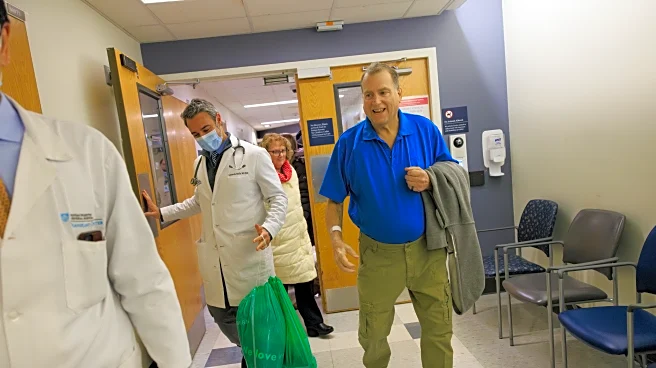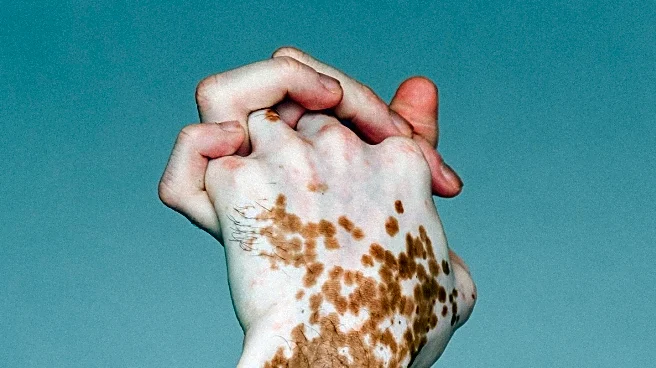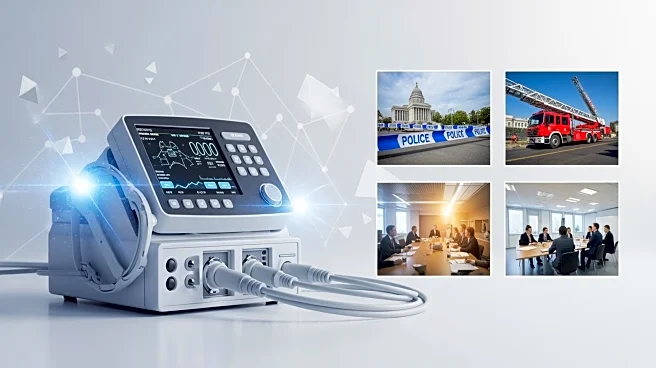What's Happening?
Smith+Nephew, a global medical technology company, has released findings from a comparative study on single-use negative pressure wound therapy (sNPWT) devices used in orthopedic and cardiovascular surgeries. The study analyzed data from over 22,000 patients
in the Premier PINC AI Healthcare Database, revealing that the PICO sNPWT device, operating at -80 mmHg, significantly reduces the risk of wound dehiscence, hospital length of stay, and overall healthcare costs compared to the PrevenaTM device, which operates at -125 mmHg. The study showed a 57.8% reduction in wound dehiscence risk and a 9.1% reduction in hospital stay length for cardiovascular surgeries, while orthopedic surgeries saw a 63.9% reduction in wound dehiscence and a 29.7% reduction in hospital stay length. These findings support the prophylactic use of incisional negative pressure wound therapy (iNPWT) to minimize surgical site infections (SSI) in patients with primarily closed surgical incisions.
Why It's Important?
The study's findings are significant for the healthcare industry, particularly in the United States, where surgical site infections occur in 2% to 4% of inpatient procedures. By reducing the risk of wound complications and hospital stays, the PICO sNPWT device can lead to substantial cost savings for healthcare providers and improve patient outcomes. This is particularly relevant for patients with comorbidities such as obesity, diabetes, and hypertension, who are at higher risk for surgical complications. The study aligns with global recommendations from organizations like NICE, WHO, and ACS/SIS, which advocate for the use of iNPWT to reduce SSI risks. The adoption of PICO sNPWT could alleviate strain on healthcare resources and enhance economic outcomes for hospitals.
What's Next?
The study's results may prompt healthcare providers to consider wider adoption of the PICO sNPWT device in surgical procedures, especially for at-risk patients. As the evidence supporting the efficacy of iNPWT grows, hospitals and surgical centers might integrate these devices into standard practice to improve patient care and reduce costs. Further research and real-world data collection could solidify the device's role in surgical protocols, potentially influencing policy changes and reimbursement decisions by healthcare payers.
Beyond the Headlines
The implications of this study extend beyond immediate healthcare cost savings. The use of advanced wound therapy technologies like PICO sNPWT could drive innovation in surgical practices, encouraging the development of more efficient and patient-friendly medical devices. Additionally, the reduction in surgical site complications may lead to improved patient satisfaction and quality of life post-surgery, fostering trust in medical advancements and technology-driven healthcare solutions.














